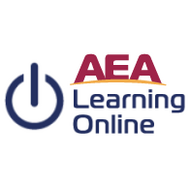
(View Complete Item Description)
As Howard County Public School System advances its open educational resource (OER) adoption and implementation plan, ISKME is pleased to support this effort moving forward. ISKME brings a comprehensive OER toolset and immersive professional learning program to assist educators in enhancing their capacities to use, evaluate, curate, and create OER. Leveraging its teaching and learning network and digital library, OER Commons (oercommons.org) launched in 2007, ISKME advances collaboration and continuous improvement of high-quality curriculum.
This is the first of three custom module trainings that will provide participants with an introduction to OER practice and the value add, highlighting successful state and district use cases. Followed by a demonstration and discussion of how to navigate OER Commons and create collaborative workflows to identify resources, assess their quality using rubrics, and organize materials for use. Participants will get an opportunity to practice using OER tools and begin to design their plans for OER implementation, specific to their immediate OER needs. An important outcome for educators will be a shared understanding of OER practice and specific next steps for OER adoption in their work.
We have designed these modules to first spark the learner's interest in the topics covered and then dig deeper into the content through presentations, storytelling, and demonstrations of the tools. We will offer opportunities for learners to practice exploring the resources and tools, and reflect on how they might use them in their work.
Material Type:
Module
Author:
Mary Babcock




















